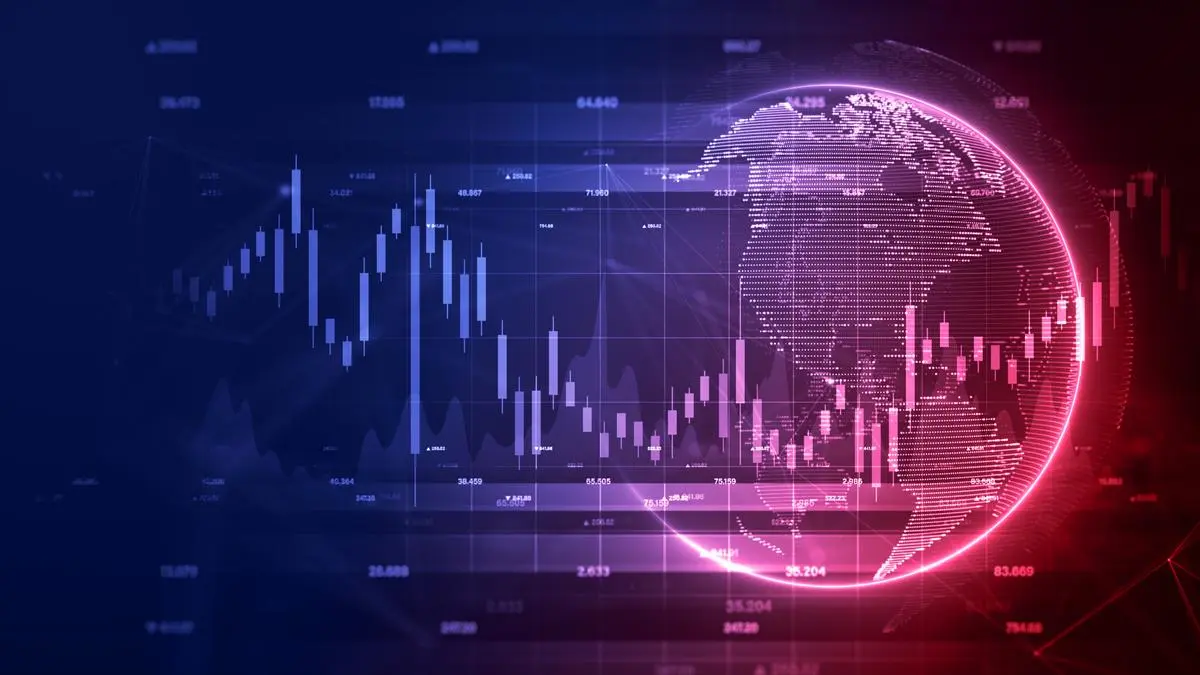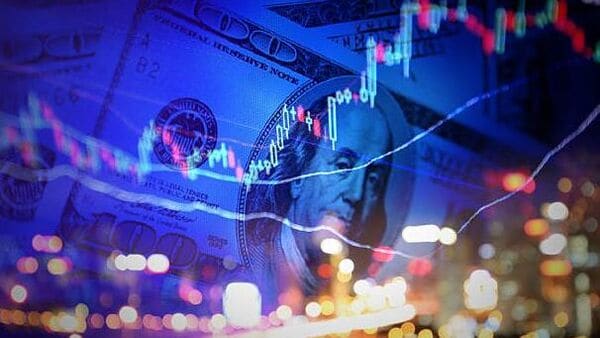Global Markets Surge as Cooling Inflation and Strong Earnings Spark Investor Optimism

European Markets End Week at Record Highs
European stocks ended the week on a strong note, with the STOXX 600 index closing at a record high. The rally was driven by lower-than-expected U.S. inflation data, optimism about easing trade tensions between the U.S. and China, and a round of better-than-expected corporate earnings.
The STOXX 600 gained 0.2% on Friday, capping off a week of solid gains. Most regional markets followed the upward trend, with London’s FTSE 100 also closing at an all-time high, reflecting improving investor sentiment across the continent.
Cooling U.S. Inflation Fuels Global Rally
U.S. consumer prices rose less than expected in September, reinforcing hopes that the Federal Reserve might soon start cutting interest rates. The report signaled easing inflationary pressure, giving markets a fresh boost.
Analysts said the data was a key driver behind the rally in global equities. Christoph Schon, head of investment decision research for EMEA at SimCorp, said that expectations around U.S. rate cuts have a strong influence on European markets, and the recent inflation numbers helped fuel the gains.
Industrials and Financials Lead Market Gains
Industrial and financial stocks were the main contributors to the European market’s strength. The industrial sector rose 0.7%, supported by strong performances from major companies such as Siemens Energy and Schneider Electric.
Schneider Electric saw its shares climb 3.59% to close at ₹840.45, giving it a market capitalization of ₹20,095 crore. With a price-to-earnings ratio of 77.10 and a stable beta of 0.59, the company continues to attract investor interest.
Other industrial standouts included Lifco, which jumped 10% after posting quarterly results above expectations, and Saab, which rose 6.1% after upgrading its full-year sales growth forecast.
Financial stocks also strengthened. London Stock Exchange Group (LSEG) gained 5% after analysts raised their price targets, while NatWest rose nearly 5% following higher third-quarter profits and an improved performance outlook for the year.
Energy and Defense Stocks Gain on Geopolitical Developments
Energy shares were boosted after the U.S. announced new sanctions on major Russian suppliers in response to the ongoing war in Ukraine. Defense companies also performed well, with Saab’s rally reflecting growing global defense spending.
Market optimism was further supported by the White House confirming that U.S. President Donald Trump will meet his Chinese counterpart next week. The meeting comes ahead of a new round of tariffs on Chinese goods, and investors are hopeful that talks could help ease trade tensions.
“There’s renewed hope on the trade front,” said Joost van Leenders, senior investment strategist at Van Lanschot Kempen. “The upcoming meeting, combined with strong corporate results, has lifted overall market confidence.”
Positive Economic Data Lifts Sentiment Further
Stronger-than-expected UK retail sales for September and improving eurozone business activity data added to the upbeat mood. The reports suggested that consumer spending and business confidence in the region remain resilient despite global uncertainty.
Mixed Earnings Leave Some Stocks Behind
While most sectors gained, a few stocks struggled. Signify, the world’s largest lighting manufacturer, dropped 9.4% after reporting a bigger-than-expected decline in third-quarter sales. Engineering group Hiab plunged 13.3% after its results came in below analyst forecasts, making it the weakest performer on the STOXX 600.
In contrast, automotive supplier Valeo surged 10.8% after releasing strong quarterly numbers, while pharmaceutical firm Sanofi rose 2.5% thanks to a profit beat in the third quarter.
Schneider Electric Continues to Impress Investors
Among the day’s standout performers, Schneider Electric continued to attract attention with its steady performance and investor confidence. The company has shown consistent earnings growth and resilience, maintaining a strong market position in the industrial and energy sectors. Despite a high valuation and no dividend yield, analysts remain positive on its long-term outlook.
What’s Next for Global Markets
Investors are now looking ahead to next week’s U.S.-China meeting and further clues from the Federal Reserve on the timing of potential rate cuts. The combination of cooling inflation, solid corporate earnings, and easing trade concerns has created a favorable backdrop for equities.
However, risks remain. Ongoing geopolitical tensions, potential trade setbacks, and slowing global growth could still pose challenges. For now, though, markets appear focused on the positives — moderating inflation, improving company results, and renewed global dialogue.
If these trends continue, analysts believe that both U.S. and European markets could maintain their upward momentum into the final months of the year.


